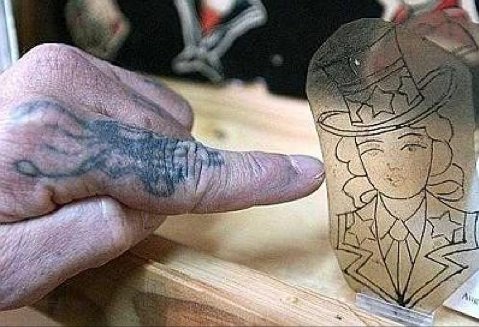
Tattoos have a long and interesting history. Tattoo art has been used for a wide range of purposes, including religious celebrations, decoration, and cosmetic purposes. The earliest evidence of tattooing dates all the way back to around 3300 BC. During these early centuries, most tattoos depicted a variety of different animals, fish, and monsters, and some evidence suggests that some tattoos were used as a therapeutic treatment for arthritis.
Since ancient times tattooing has been popular in regions such as India, China, and Egypt. In the Philippines, tattoos had tribal significance, and full body tattoos were common to signify tribal rank and accomplishment. In Japan, tattoos were used for decorative and spiritual purposes. And tattoos also seemed to be quite prevalent in northern and central regions of Europe, but as Christianity spread throughout the continent, tattooing became associated with paganism and lost its prevalence.
In the late sixteenth century, however, worldwide explorations reintroduced tattoos into Europe. In the 1600s Sir Martin Frobisher traveled to China and took a woman captive who had tattoos, and she was a popular attraction in Europe. Other similar events took place, and one English nobleman returned from an expedition with his own tattoo. And in the next several decades, tattoos became increasingly associated with sailors who frequently got tattoos on expeditions to Asiatic countries.
In the mid-eighteenth century, the first use of the term "tattoo" was recorded by Captain James Cook in Tahiti who observed the practice of body modification among the indigenous people. And in the late nineteenth century, King George V received a couple of tattoos while in Japan, and later his two sons also received tattoos which started a family and royal tradition. Tattoos became quite popular among the gentry in England, and it was estimated that one in five noblemen had a tattoo.
Today, tattoos are becoming more accepted in almost all cultures, except in Judaism which forbids the practice of tattooing. In the past, tattoos were applied using a variety of procedures, but in contemporary times, electronic tattoo machines are the most popular tools used in tattooing. And, as in ancient times, tattoos have also regained popularity among women.
Since around the 1990s, tattoos have becoming increasingly popular, particularly in North and South America and Japan. Consequently, the notion of tattoos as an art form has also risen in popularity as is evidenced by that growing number of tattoo art exhibitions and galleries.
No comments:
Post a Comment